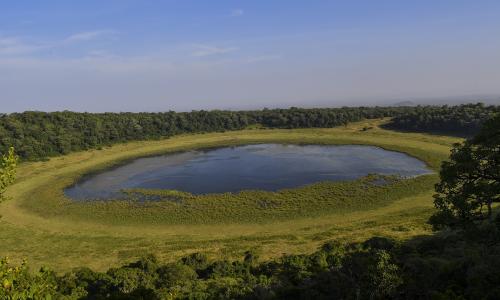
Protected areas have long been one of the cornerstones for nature conservation. They protect biodiversity – the variety of living things on earth – they restore degraded landscapes and they provide a place for people to reconnect with nature. Yet, protected areas are also the context in nature conservation that have caused human rights concerns, recent reports from the UN Special Rapporteurs in particular on Indigenous Peoples rights, have highlighted the breadth and seriousness of these issues, particularly with regard to indigenous peoples and local communities who have strong cultural and livelihood links to their natural surroundings.
In order to engage with this topic, and to also achieve the mission of the IUCN – namely the vision of a just world that values and conserves nature, the governance of protected and conserved areas has emerged as a key point of analysis. Governance is about decision making, its’ Greek root means “to steer”.
The IUCN definition takes a dynamic perspective: it’s the “interactions among structures, processes and traditions that determine how power and responsibilities are exercised, how decisions are taken and how citizens and other stakeholders have their say”. Simply put this means it is about who makes decisions, how the decisions are made and how appropriate, adaptive and fair those decisions are. Governance is commonly discussed in two dimensions, governance diversity (or governance type) and governance quality.
Governance diversity, addresses a few key concerns: Who has the main authority and responsibility for the area in question? Who should be held accountable for its conservation results?
Soon, however, other concerns emerge: How are decisions made about the protected area? What norms are applied when making decisions? Which values, principles and approaches guide those decisions? Are all relevant rightsholders and stakeholders involved? With these questions, we begin to build a sense of “governance quality” -- at times referred to as good governance”. This is when the decision makers act in an open, fair and transparent way, can be held accountable, and their decisions are inclusive, effective, efficient, participatory, consensus-oriented and follow the rule of law.
To get started with the basics of governance, download the Governance primer in English, en français and en español.



